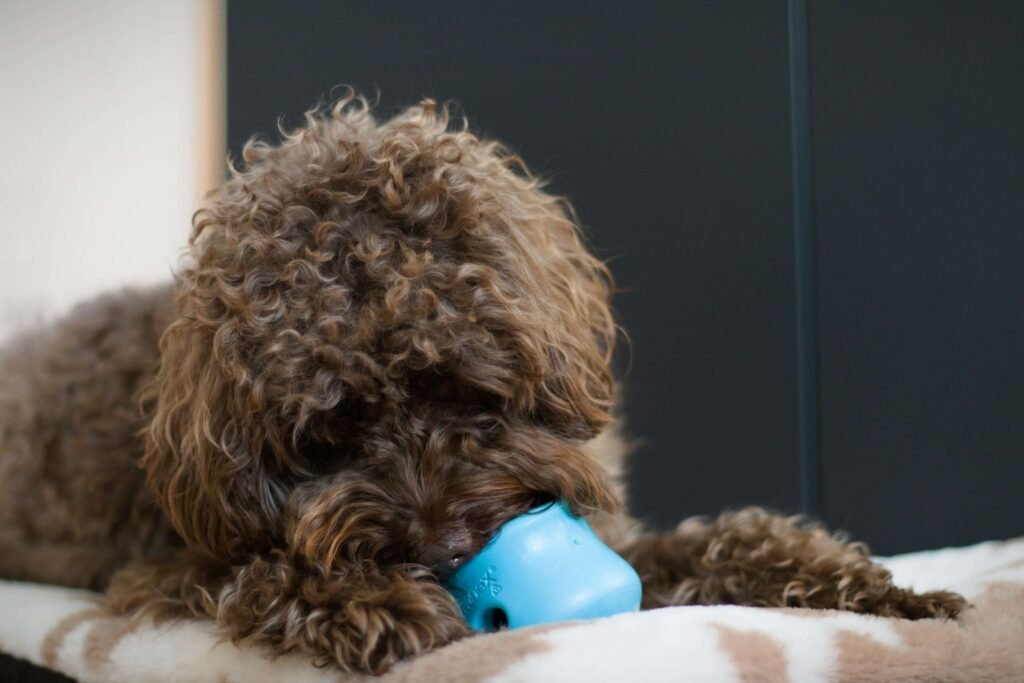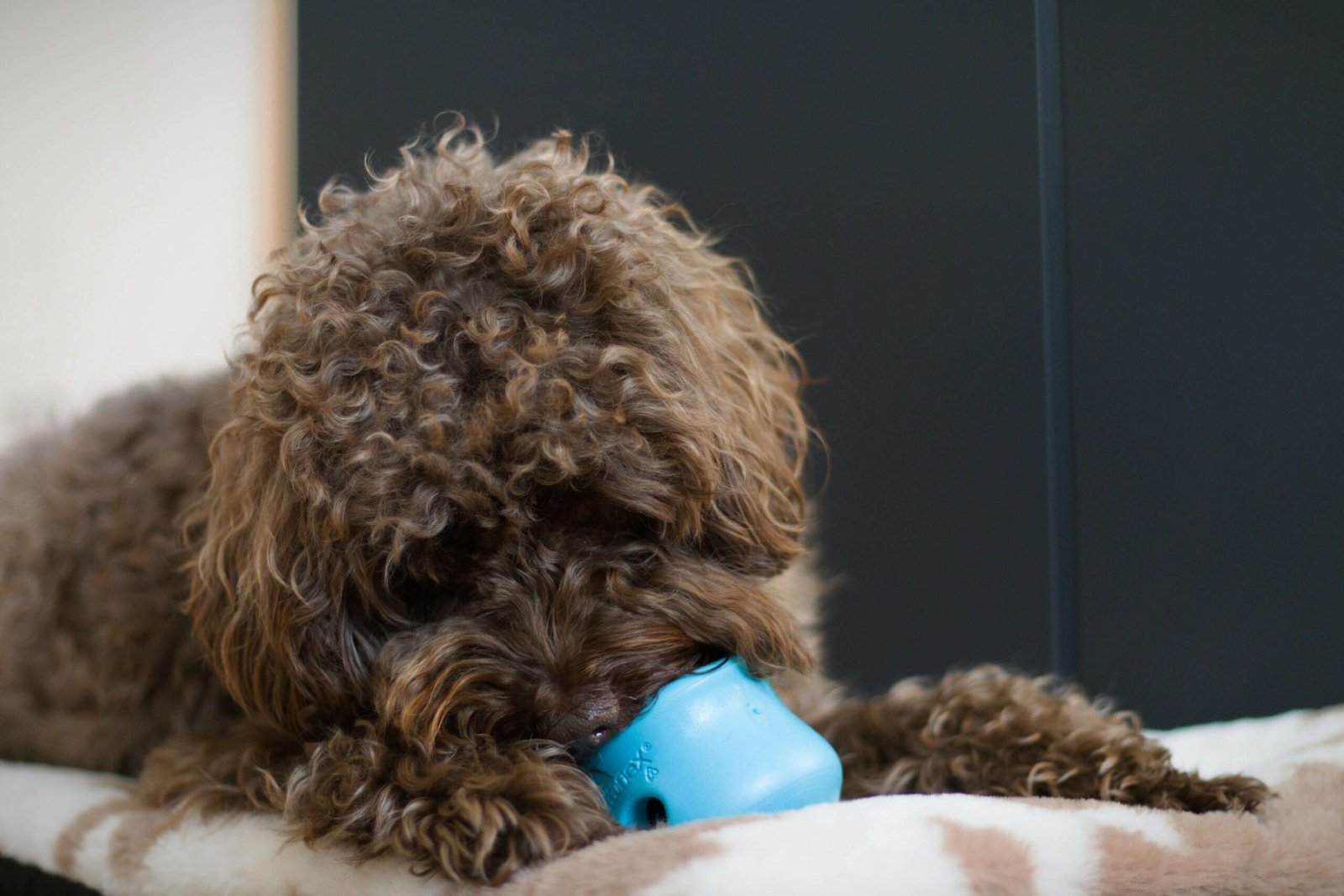How to Stop Dog Aggression Towards Cats: Building a Peaceful Home
Dog aggression towards cats is a common concern for pet owners who dream of a harmonious household. Whether you’re introducing a new cat to your dog or trying to resolve existing tension, addressing this behavior requires patience, understanding, and a strategic approach. Dogs and cats communicate differently, and their interactions can sometimes lead to misunderstandings that escalate into aggression. However, with the right techniques and consistent training, it’s entirely possible to foster a peaceful coexistence between these two species. In this blog post, we’ll explore expert tips, step-by-step strategies, and practical advice to help you stop dog aggression towards cats. Let’s create a home where both pets feel safe, respected, and loved!
Understanding Why Dogs Show Aggression Towards Cats
Before addressing dog aggression towards cats, it’s important to understand the root causes behind this behavior. Dogs may act aggressively out of fear, territorial instincts, or even excitement. Identifying the underlying reason can guide your approach to resolving the issue. Here are some common triggers:
Prey Drive
Some dogs have a strong instinct to chase smaller animals, including cats, due to their natural hunting instincts.Fear or Anxiety
A dog unfamiliar with cats may perceive them as a threat, leading to defensive or aggressive behavior.Territorial Behavior
Dogs may become protective of their space or resources, such as food, toys, or their favorite resting spot.Lack of Socialization
Dogs that haven’t been exposed to cats during their critical socialization period may react negatively to their presence.Overexcitement
Some dogs get overly excited when they see a cat, which can manifest as barking, lunging, or chasing.
Understanding these triggers is the first step toward addressing dog aggression towards cats. Once you know why your dog behaves this way, you can implement targeted solutions to create harmony.
Step-by-Step Guide to Stopping Dog Aggression Towards Cats
Stopping dog aggression towards cats requires a structured plan that prioritizes safety and gradual desensitization. Rushing the process can worsen the situation, so take your time and follow these steps:
Create a Safe Space for Your Cat
Ensure your cat has access to high perches, hiding spots, and rooms where the dog cannot enter. This reduces stress and prevents confrontations.Introduce Them Gradually
Start by keeping the dog on a leash and allowing the cat to observe from a distance. Slowly decrease the distance over time as both pets become more comfortable.Use Positive Reinforcement
Reward your dog with treats, praise, or toys whenever they remain calm in the presence of the cat. This helps them associate the cat with positive experiences.Teach Basic Commands
Commands like “leave it,” “sit,” and “stay” are essential for managing your dog’s behavior around the cat. Practice these commands regularly.Monitor Interactions Closely
Never leave your dog and cat unsupervised until you’re confident in their ability to coexist peacefully. Use baby gates or barriers if needed.
By following these steps, you’ll lay the foundation for a safe and harmonious relationship between your dog and cat. Consistency and patience are key to success.
Check this guide 👉Rehoming an Aggressive Dog: Best 7 Expert Tips!
Check this guide 👉Least Aggressive Dog Breeds: Best 7 Expert Tips!

Dog Behavior Traits | Cat Behavior Traits |
|---|---|
Often seeks attention and play | Prefers independence and solitude |
Communicates through barking | Communicates through meowing or body language |
May chase small animals | Relies on agility and climbing to escape threats |
Social pack animal | Solitary hunter by nature |
Learns through repetition | Responds to environmental cues |
Signs That Progress Is Being Made
As you work on stopping dog aggression towards cats, it’s important to recognize signs of improvement. These milestones indicate that your efforts are paying off and that your pets are learning to coexist. Look for the following positive changes:
Reduced Barking or Growling
If your dog barks or growls less frequently when the cat is nearby, it’s a sign they’re becoming more comfortable.Calm Body Language
A relaxed posture, wagging tail, or lack of intense staring shows that your dog is no longer viewing the cat as a threat.Increased Proximity Tolerance
When your dog can remain calm while the cat is closer, it demonstrates progress in their relationship.Playful Curiosity
Instead of chasing aggressively, your dog may show gentle curiosity or even initiate friendly interactions.Shared Spaces Without Conflict
If your dog and cat can occupy the same room without tension, you’ve achieved a significant milestone.
These signs confirm that your training is effective and that harmony is within reach. Celebrate each step forward, no matter how small!
Common Mistakes to Avoid When Addressing Dog Aggression
While working to stop dog aggression towards cats, certain mistakes can hinder progress or even worsen the situation. Being aware of these pitfalls ensures your efforts remain productive. Here’s what to avoid:
Forcing Immediate Interaction
Rushing introductions can overwhelm both pets and lead to heightened aggression. Take your time with gradual exposure.Punishing Your Dog
Scolding or punishing your dog for aggressive behavior can increase anxiety and make the problem worse. Focus on positive reinforcement instead.Ignoring Warning Signs
Dismissing early signs of tension, such as stiff body language or growling, can escalate into dangerous situations. Address issues promptly.Leaving Pets Unsupervised Too Soon
Allowing unsupervised interactions before trust is established risks physical harm to both pets. Always monitor their time together.Neglecting the Cat’s Needs
Focusing solely on the dog’s behavior can overlook the cat’s stress or discomfort. Ensure both pets feel safe and supported.
Avoiding these mistakes will help you create a balanced environment where both your dog and cat can thrive. Patience and consistency are crucial for long-term success.
Tips for Introducing a New Cat to Your Dog
Introducing a new cat to your dog can be a delicate process, but with careful planning, you can minimize stress and set the stage for a positive relationship. Here are some tips to ensure a smooth introduction:
Start with Scent Swapping
Allow your dog and cat to get used to each other’s scent by exchanging bedding or toys before they meet face-to-face.Use Baby Gates or Crates
Place your cat in a safe room or behind a baby gate while your dog observes from a distance. This helps them acclimate without direct contact.Keep the First Meeting Short
Limit initial interactions to just a few minutes to avoid overwhelming either pet. Gradually increase the duration as they become more comfortable.Reward Calm Behavior
Praise and reward your dog whenever they remain calm and composed around the cat. This reinforces positive associations.Avoid Forcing Interaction
Let both pets approach each other at their own pace. Forcing interaction can lead to fear or aggression.
By following these tips, you’ll create a foundation of trust and reduce the likelihood of conflict. A gradual introduction sets the tone for long-term harmony.
How to Manage High-Energy Dogs Around Cats
High-energy dogs can pose unique challenges when it comes to coexisting with cats. Their excitement may inadvertently scare or provoke your feline companion. Here’s how to manage these situations effectively:
Burn Off Excess Energy Before Introductions
Take your dog for a walk or engage in playtime to tire them out before introducing them to the cat.Teach an “Easy” or “Gentle” Command
Train your dog to respond to commands that encourage calm behavior, such as “easy” or “gentle,” when near the cat.Use a Drag Line Indoors
Attach a lightweight leash to your dog during supervised interactions so you can quickly intervene if they become too excitable.Redirect Attention with Toys
If your dog becomes overly focused on the cat, redirect their attention to a favorite toy or activity.Provide Separate Play Zones
Designate specific areas for your dog’s high-energy play sessions to prevent accidental chasing or startling the cat.
Managing a high-energy dog requires proactive strategies to ensure safety and comfort for both pets. With consistent training, even the most energetic dogs can learn to respect their feline housemates.
Signs That Your Cat Feels Safe Around the Dog
While much of the focus is often on the dog’s behavior, it’s equally important to monitor your cat’s body language and reactions. A happy and relaxed cat is a sign that your efforts are working. Here are some indicators that your cat feels safe:
Relaxed Posture
A cat that lies down comfortably or stretches out in the presence of the dog feels secure in their environment.Normal Eating and Grooming Habits
If your cat maintains their usual routines, such as eating, grooming, and using the litter box, it shows they’re not stressed.Curiosity Towards the Dog
When your cat approaches the dog voluntarily, sniffs them, or even sits nearby, it’s a sign of growing trust.Playful Behavior
A cat that engages in playful antics around the dog, such as batting at toys, is likely feeling at ease.No Hiding or Escaping
If your cat no longer seeks refuge or avoids the dog entirely, it indicates they’ve adapted to sharing space.
These signs reflect a positive shift in your cat’s perception of the dog. By paying attention to your cat’s cues, you can gauge the success of your efforts and celebrate the progress toward a peaceful home.
Frequently Asked Questions About Stopping Dog Aggression Towards Cats
Can all dogs learn to live peacefully with cats?
While most dogs can learn to coexist with cats, individual temperaments and instincts play a role. Some dogs may require more time and effort than others.
How long does it take to stop dog aggression towards cats?
The timeline varies depending on the dog’s personality, past experiences, and the level of aggression. It can take weeks to months of consistent training.
What if my dog has a high prey drive?
Dogs with a strong prey drive may need extra management, such as leashing or using barriers, to prevent chasing behavior.
Should I separate my dog and cat during training?
Yes, separation is often necessary initially to ensure safety and reduce stress. Gradual reintroductions should be supervised.
Can professional trainers help with this issue?
Absolutely! A professional trainer or behaviorist can provide personalized guidance and support to address dog aggression effectively.
Creating a Harmonious Home for Your Dog and Cat
Stopping dog aggression towards cats is a journey that requires dedication, patience, and a deep understanding of both animals’ needs. By identifying the root causes of aggression, implementing structured training methods, and avoiding common mistakes, you can pave the way for a peaceful coexistence. Remember, every small victory counts—whether it’s a wagging tail, shared spaces, or moments of calm curiosity. With consistent effort and love, you’ll create a home where both your dog and cat feel safe, happy, and valued. After all, a harmonious household isn’t just about living together—it’s about thriving together!
Cat Fever Treatment: Best 7 Expert Tips! Discover expert advice on identifying, managing, and treating fever in cats to ensure their quick recovery and well-being.
Understanding Meloxicam for Cats: Best 7 Expert Tips! Learn how to safely administer meloxicam, manage side effects, and ensure your cat's comfort with expert advice on feline pain relief.
Amoxicillin for Cat UTI: Best 7 Expert Tips! Discover safe usage, dosage guidelines, and expert advice on treating feline urinary tract infections effectively with amoxicillin.
Understanding Cat Cancer Treatment: Best 7 Expert Tips! Discover expert advice on managing feline cancer, from early detection to treatment options, ensuring your cat’s health and comfort.





